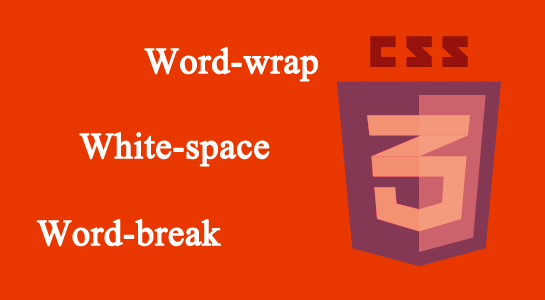CSS Text Overflow, Word Wrap, and Line Breaking Rules
In this chapter you will learn about the following properties:
text-overflowword-wrapword-break
CSS Text Overflow
The CSS text-overflow property specifies how overflowed content that is not displayed should be signaled to the user.
It can be clipped:
This is some long text that will not fit in the box
or it can be rendered as an ellipsis (…):
This is some long text that will not fit in the box
The CSS code is as follows:
Example
p.test1 {
white-space: nowrap;
width: 200px;
border: 1px solid #000000;
overflow: hidden;
text-overflow: clip;
}
p.test2 {
white-space: nowrap;
width: 200px;
border: 1px solid #000000;
overflow: hidden;
text-overflow: ellipsis;
}
The following example shows how you can display the overflowed content when hovering over the element:
Example
div.test:hover {
text-overflow: inherit;
overflow: visible;
}
CSS Word Wrapping
The CSS word-wrap property allows long words to be able to be broken and wrap onto the next line.
If a word is too long to fit within an area, it expands outside:
This paragraph contains a very long word: thisisaveryveryveryveryveryverylongword. The long word will break and wrap to the next line.
The word-wrap property allows you to force the text to wrap – even if it means splitting it in the middle of a word:
This paragraph contains a very long word: thisisaveryveryveryveryveryverylongword. The long word will break and wrap to the next line.
The CSS code is as follows:
Example
Allow long words to be able to be broken and wrap onto the next line:
p {
word-wrap: break-word;
}







Leave A Comment